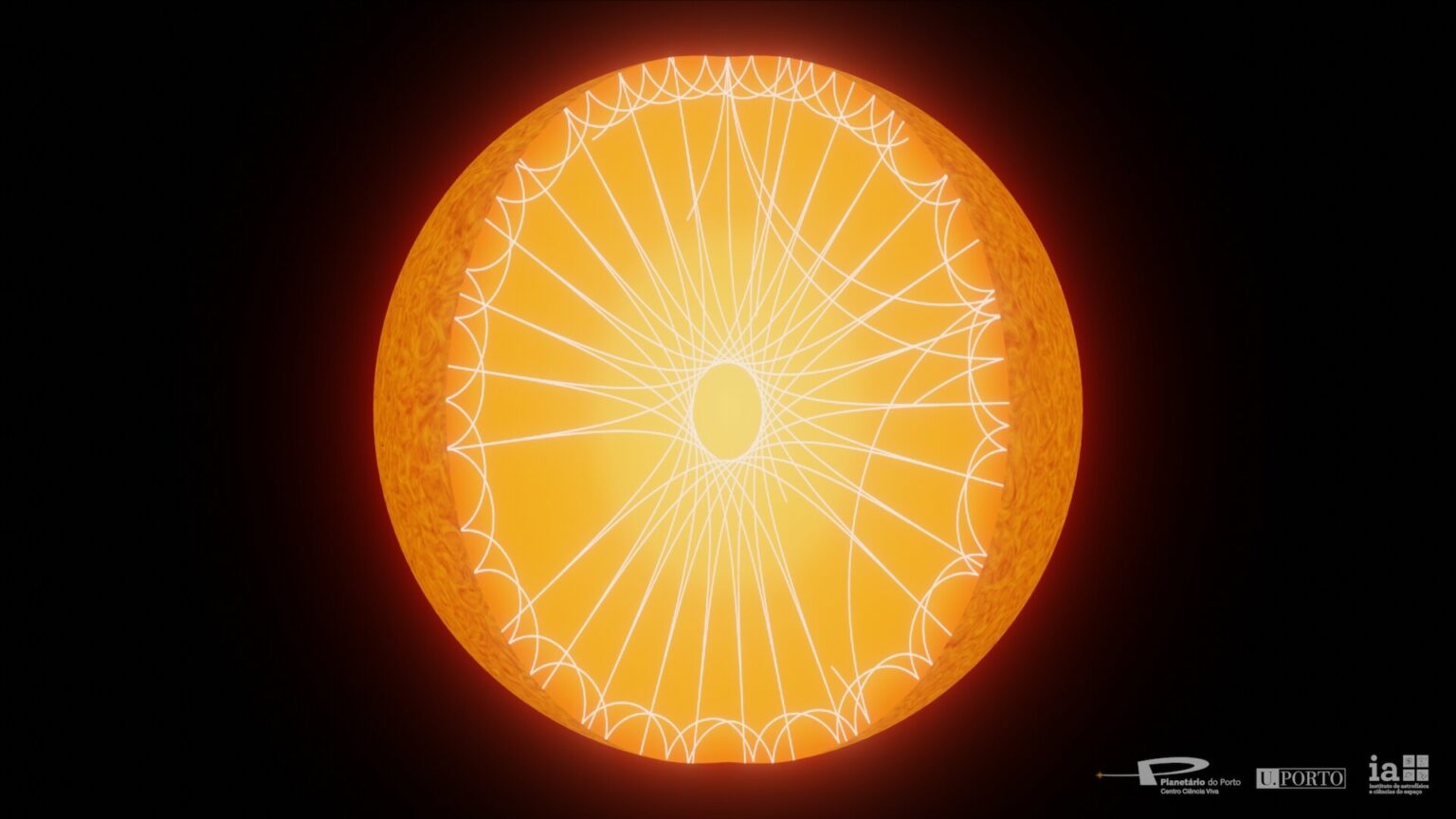Scientists have recorded the slowest known starquakes. These surface oscillations are characteristic of the Sun and many bright stars. Now they have been found in Epsilon Indi (ε Indi), an orange dwarf located just 12 light-years away from us.

Oscillations of ε Indi
A team of scientists, led by Tiago Campante from the Astrophysical Institute in Portugal, discovered unusually slow oscillations in the surface of ε Indi, commonly called starquakes. The ESPRESSO spectrograph, mounted on the Very Large Telescope at the European Southern Observatory, helped them in this.
ε Indi is an orange dwarf located just 11.9 light-years away from us. Its diameter is 71 percent solar, and its temperature is 4,200 °C, which is about 1,000 ° colder than our Sun.
And scientists have been able to find oscillations in this star that occur at a rate of 2.6 cm/s. Previously, similar phenomena have already been observed in main sequence stars, including the Sun. However, it was the starquakes on ε Indi that turned out to be the slowest of all that scientists had known so far.
What is the importance of a new discovery
What interested scientists the most was not the abnormally low rate of oscillations, but the fact that they occurred on such a small and cold star as ε Indi. So far, starquakes have been observed only in much larger and brighter luminaries. Scientists were generally not sure that they would be able to see similar processes on the orange dwarf.
There is nothing surprising in the oscillations of the star’s surface. However, not in relation to orange dwarfs. The fact is that the diameter of all such luminaries is 5-15 percent larger than the theory of their evolution suggests. And the oscillations of ε Indi allow us to deal with this issue.
In addition, the new research is very important for the launch of the future European space telescope PLATO, scheduled for 2026. One of its tasks is to study orange dwarfs. And now scientists know that its resolution will be sufficient for this task.
Orange dwarfs are colder, but more active than the Sun. Therefore, they are ideal laboratories for studying many of the processes that occur on brighter stars. Scientists are confident that the means of modern asteroseismology are sufficient to solve these mysteries.
According to phys.org
Follow us on Twitter to get the most interesting space news in time
https://twitter.com/ust_magazine
